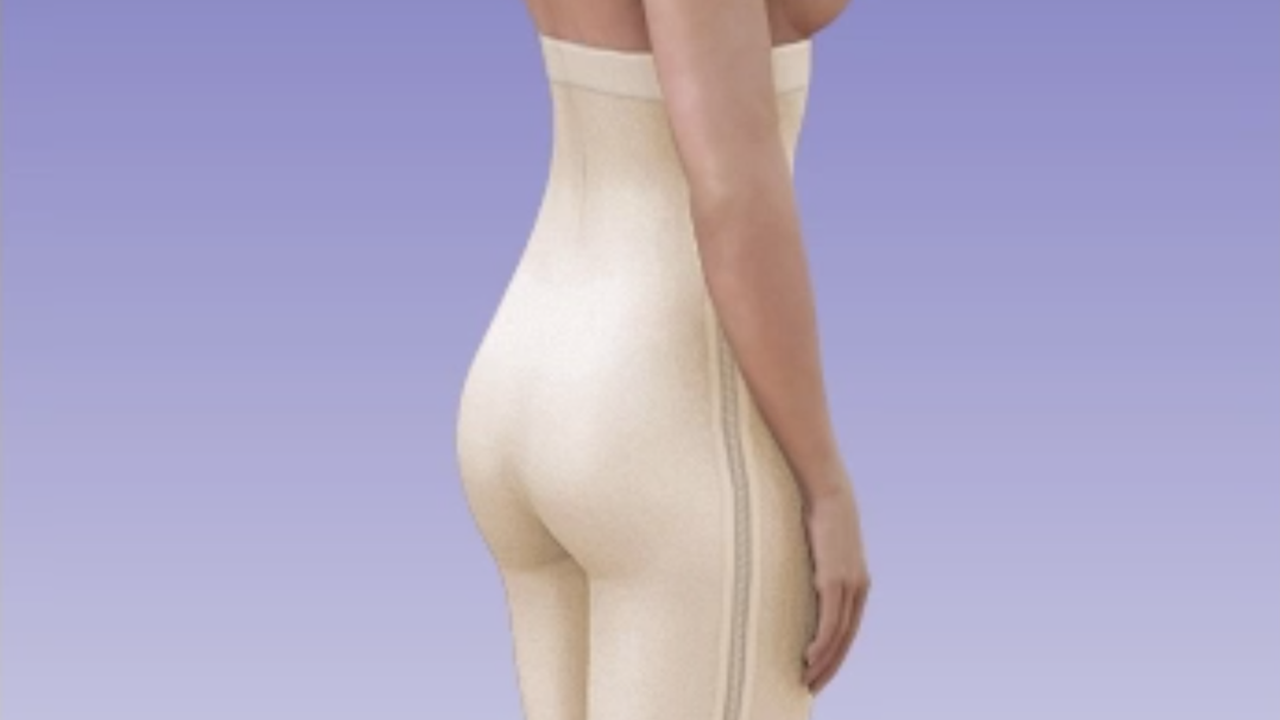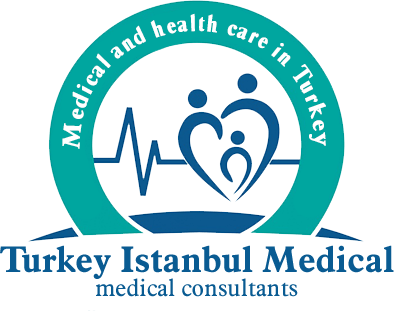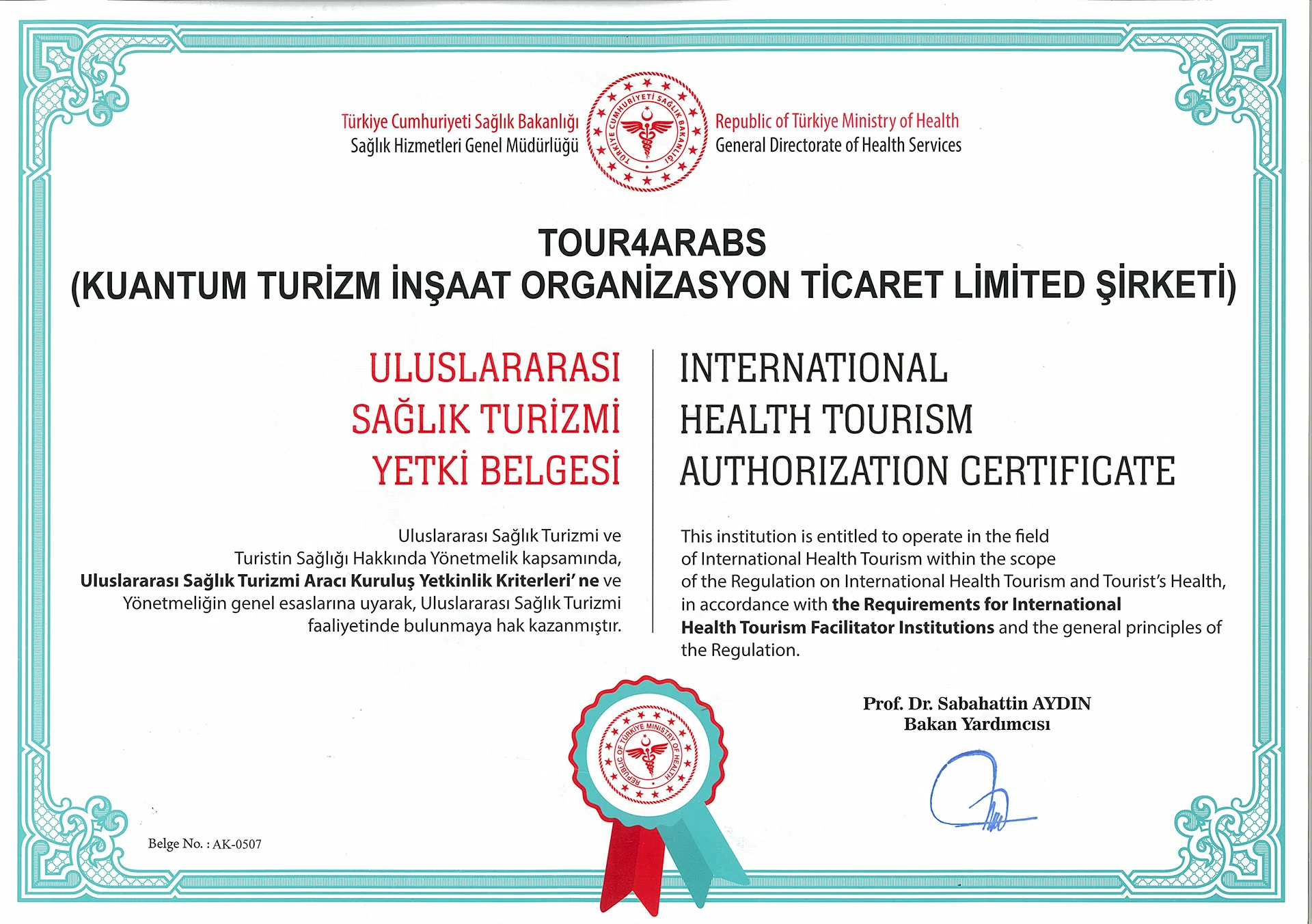Fat Transfer – Body Contouring Implants
For those who want to reduce unwanted fat in certain parts of the body and add volume to other parts of the body, fat transfer can improve body contours.
And it can liven up the overall look.This animation will highlight the fat transfer procedure including how fat is removed from certain areas of the body using liposuction, the process of transferring fat into a targeted location, and what to expect after surgery.
How a Fat Transfer Works
Over time, the contours of the body change under the influence of aging, gravity, weight and hormonal fluctuations. In addition, unwanted fat can accumulate in areas such as the abdomen, back, hips and thighs. The fat transfer process works by removing unwanted, excess fat by liposuction and injecting it into the areas of the body that are desired to rejuvenate.
The face, breasts and buttocks are three common areas that can be revived with fat injection. Signs of aging on the face and neck occur for many reasons, including heredity, skin type, sun exposure, and lifestyle choices.
Various areas of the face can be treated with oil, including cheeks, forehead, nose, chin, under eye area, temples and lips.
Sometimes, fat transfer along with a facelift can reduce the appearance of wrinkles, frown lines or depressions while rejuvenating facial features.
Women who are not satisfied with the size or appearance of their breasts can achieve fuller, more shaped breasts with fat transfer breast augmentation.
Fat transfer breast augmentation provides only a small increase in breast size. Weight loss, aging and heredity can make you unhappy with the size and shape of your hips.
A hip augmentation using fat transfer can help add volume and create a younger, more sculpted appearance. This animation will highlight a fat transfer procedure used for hip augmentation, also known as Brazilian Butt Lift.
Preparation
A buttock augmentation by fat transfer may last approximately one to four hours, depending on the complexity of the procedure and whether an additional procedure is performed at the same time. Your surgeon will carefully mark the areas where fat will be removed, and the areas where fat will be injected.
These markings will be used as guidelines during the procedure. Fat transfer may be performed under local anesthesia where only the surrounding area is numb. Alternatively, for procedures involving large or multiple areas of the body, you may be asleep under general anesthesia.
A special medicated fluid called tumescent fluid is injected into the areas that will be treated with liposuction. This fluid expands the tissues, to make it easier to remove fat cells, numbs the treatment area, and minimizes bleeding. Once a large volume of tumescent fluid is injected into the treatment area, you will rest for several minutes while the area becomes completely numb.
Procedure
Your surgeon begins the procedure using liposuction to remove your fat. Excess fat is removed from parts of the body such as the jowl, back, abdomen, thighs and buttocks. Most body fat is located above the muscle tissue, just below the skin.
Liposuction works by surgically removing excess fat with a suction device and provides better contours in the desired area.
Depending on the location of the surgery, your surgeon makes short incisions along your body’s natural creases to easily hide scars.
Your surgeon inserts a small tube-like device called a cannula. Small tunnels are created in the oil layer by using forward and backward movements.
And the oil is removed with a light suction. Tunnels will collapse over the next few weeks and new contours will form in certain treatment areas.
Then, the undamaged fat cells are isolated and cleaned. And it is prepared to be injected into the butt. Some surgeons may prepare the fat with stem cells before injection. Next, your surgeon will use a cannula to inject the fat cells into your hips.
Using forward and backward movements, oil is gradually added to multiple areas until the desired volume is achieved. The incisions can be closed with stitches or left open. Surgical drains may be placed to help prevent fluid buildup. Finally, absorbent pads are applied to protect the incision sites while you heal.
Recovery
Most fat transfer procedures are completed in outpatient surgery facilities. Our patients can go home the same day, usually within 2 to 4 hours. You will probably need to wear a compression garment for several weeks to provide support, minimize swelling, and help the skin adapt to the body’s new contours.
You may also be prescribed medication to control your pain for the first few days and when you need it as you recover. It’s a good idea to give yourself a few days of rest before resuming your daily activities. Pain and bruising are normal after the procedure.
And it usually goes away in a few weeks. Swelling may also occur and should go away within a few months.
If surgical drains are present, the surgical drains are removed along with any bandages within the first week following surgery. Undissolving stitches can also stay in place for 7 to 10 days.
Be sure to follow your surgeon’s recovery plan, including sitting and sleeping position restrictions, to avoid complications and allow your body time to heal.
Risks and Results
Consult your surgeon regarding risks such as cysts, infection, small mineral deposits called microcalcifications, and death of fat cells.
You may also need to discuss fat transfer options, as multiple procedures may be required to achieve the look you want. You will most likely notice an improvement immediately after the procedure.
However, the final results will not be evident until 1 year after the surgery. You should initially be satisfied with the size and shape of the hips after surgery, but much of this is due to swelling. And results may diminish over time.
Although fat cells are permanently removed during the procedure, it is important to understand that fat transfer does not inhibit the growth of remaining adipose tissue.
Additionally, fat cells injected into the buttocks may disperse from the injected area. Your results may also change if you gain or lose weight. With realistic expectations and proper maintenance, you may enjoy the results of your fat transfer procedure for several years.






